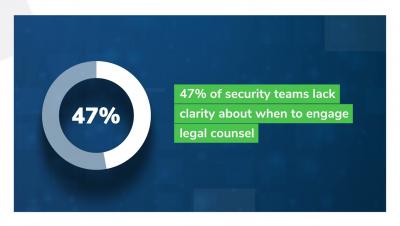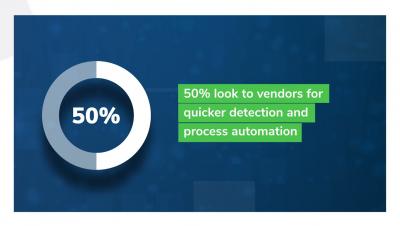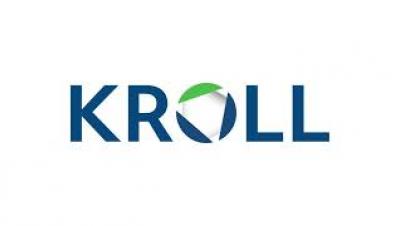Security | Threat Detection | Cyberattacks | DevSecOps | Compliance
Kroll
What proactive measures are corporates taking to mitigate bribery and corruption risk?
Aligning Legal and Information Security - State of Incident Response 2021
Incident Response Automation Challenges - State of Incident Response 2021
Cybersecurity Budgets Increasing, But Internal Challenges Remain - State of Incident Response 2021
The Role of Managed Detection and Response - State of Incident Response 2021
Kroll's 2-Minute Snapshot: The Role of Regulation in Life Sciences
Introducing Kroll's Third-Party Notification Platform
Three Tactics to Bypass Multi-factor Authentication in Microsoft 365
Microsoft 365 (M365) has quickly become one of the most utilized email platforms and, thanks to a variety of productivity and communication applications deeply embedded in enterprise processes, it’s also a popular target for cyber criminals. Microsoft certainly understands that and has enabled extensive security mechanisms for M365, including multifactor authentication (MFA), which requires users to present more than one form of authentication before login.
Critical Unauthenticated SQL Injection Vulnerability Patched in WooCommerce
On July 14, 2021, WooCommerce issued an emergency patch for a critical vulnerability allowing an unauthenticated attacker to access arbitrary data in an online store’s database. WooCommerce is one of the most popular e-commerce platforms in the world and is installed on over five million websites. Additionally, the WooCommerce Blocks feature plugin, which is installed on more than 200,000 sites, was affected by the vulnerability and was patched at the same time.










